Introduction to Ring Magnet Generators
Ring magnet generators are a cornerstone in the field of magnetic applications, playing a pivotal role in various industrial and renewable energy sectors. These generators utilize the magnetic field generated by ring-shaped magnets to convert mechanical energy into electrical energy, showcasing a blend of innovation and efficiency.
Types and Configurations
There is a diverse array of ring magnet generators catering to different industrial needs. From small-scale applications to large energy projects, these generators come in various sizes and magnetic grades. The common types include neodymium, ferrite, and samarium-cobalt ring magnets, each with unique properties that determine their suitability for specific environments and tasks.
Applications and Uses
The application of ring magnet generators spans across multiple industries. They are integral to wind turbines, where they form part of the core mechanism for generating electricity. In the automotive sector, they are used in electric power steering systems, enhancing energy efficiency. Additionally, these generators are found in medical devices, high-precision sensors, and even in the aerospace industry for various sophisticated applications.
Features and Materials
A ring magnet generator is characterized by its robust design and the use of durable materials. The magnets are typically made from composite materials such as neodymium-iron-boron or ceramic ferrite. These materials are chosen for their strong magnetic properties and their ability to withstand demagnetization. The structural integrity of these generators ensures longevity and reliability in demanding operational conditions.
Advantages of Ring Magnet Generators
The advantages of using ring magnet generators are manifold. They are known for their efficiency in energy conversion, which is crucial for sustainable energy solutions. Their design allows for a compact footprint, making them ideal for applications where space is at a premium. Moreover, the versatility of these generators means they can be tailored to meet the specific power and performance requirements of various applications.
Environmental Impact and Sustainability
Sustainability is a key factor in the development of ring magnet generators. They are often employed in systems designed to harness renewable energy, thus contributing to a reduction in carbon footprint. The use of these generators in wind turbines and other green technologies underscores their role in promoting environmental stewardship and supporting the global shift towards sustainable energy sources.

















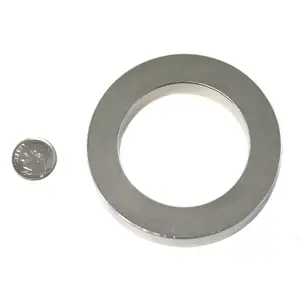

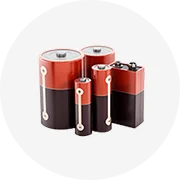
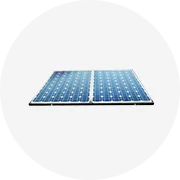
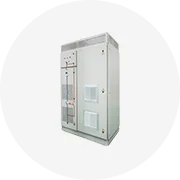
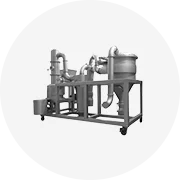
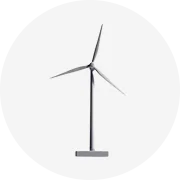
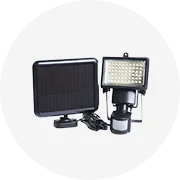
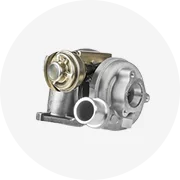
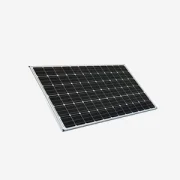








 浙公网安备 33010002000092号
浙公网安备 33010002000092号 浙B2-20120091-4
浙B2-20120091-4